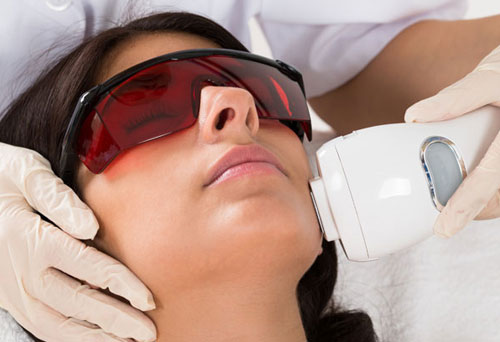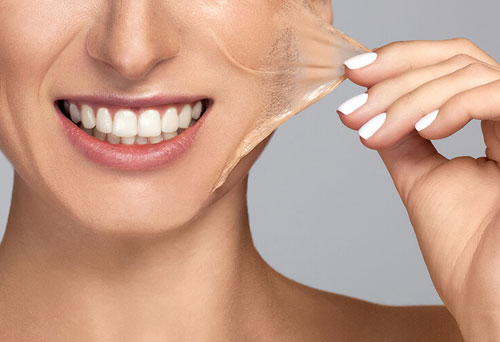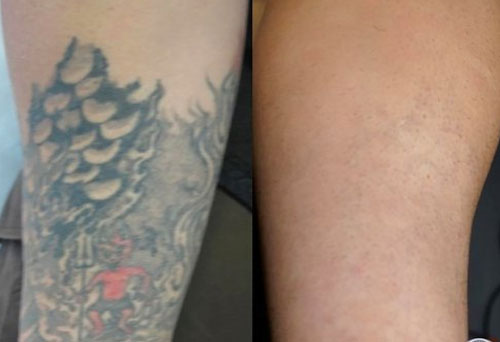Laser hair removal is the process of hair removal by means of exposure to pulses of laser light that destroy the hair follicle. Under the FDA's definition, "permanent" hair reduction is the long-term, stable reduction in the number of hairs regrowing after a treatment regime. Indeed, many patients experience complete regrowth of hair on their treated areas in the years following their last treatment. This means that although laser treatments with these devices will permanently reduce the total number of body hairs, they will not result in a permanent removal of all hair.


Laser surgery is a procedure that uses a laser (in contrast to using a scalpel) to breach tissue. Types of surgical lasers include carbon dioxide, argon, Nd: YAG laser and Potassium titanyl phosphate from among others. A range of lasers such as Erbium, Dye, Q switch lasers and CO2 are used to treat various conditions including scars, vascular and pigmented lesions and for photo-rejuvenation. The laser surgery often bypasses the surface. The principle of laser surgery is based on SPTL (selective photothermolysis). The laser beam penetrates the until it encounters chromophore which absorbs the laser beam. After absorption of the laser beam, heat is generated to induce coagulation, necrosis of the targeted tissue, this result in removal of unwanted tissue by laser surgery.
Scars are most obvious because of their poor quality or location. Their appearance is improved by non-operative techniques with or without a surgery. Scar revision surgery or surgical scar removal or surgical scar revision are frequently sought after by many to help them enhance their image and self-confidence. In principle, a scar can never be fully neutralized and the attempt is always to minimize it so that it is less conspicuous and blends in with the surrounding tone and texture. Scars are the unavoidable results of injury or surgery, and their development can be unpredictable. Poor healing may contribute to scars that are obvious, unsightly or disfiguring. Even a wound that heals well can result in a scar that affects your appearance. Scars are noticeable due to their size, shape or location. They can also be raised or depressed and may differ in color or texture from the surrounding healthy tissue. Many factors will influence the quality of a scar and include the nature of the injury or surgery causing the scar, the location of the scar, the person’s innate wound healing properties, racial background, disease states, smoking, the technique of wound repair and the presence of any complications during the wound healing phase. Although cosmetic surgery for scars can provide a more pleasing aesthetic result or improve a scar that has healed poorly, a scar cannot be completely erased.


A chemical peel is a technique used to improve the appearance of the on the face, neck or hands. A chemical solution is applied to the that causes it to exfoliate and eventually peel off. The new, regenerated is usually smoother and less wrinkled than the old . The new is also temporarily more sensitive to the sun.
Tattoo removal is a procedure done to try to remove an unwanted tattoo. Common techniques used for tattoo removal include laser surgery, surgical removal and dermabrasion.
If you regret a tattoo or you're unhappy with the appearance of your tattoo, the tattoo has faded or blurred, or you decide that the tattoo doesn't fit your personality. In such circumstances you should consider tattoo removal. Tattoo removal might also be done if you develop an allergic reaction to the tattoo or infection.
